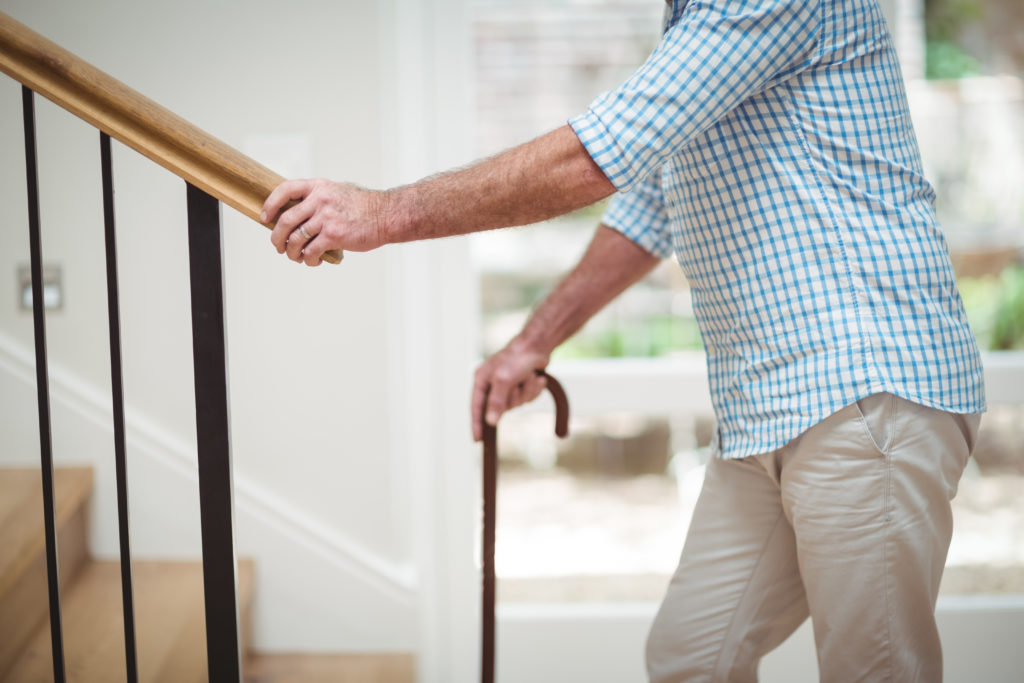In today’s fast-paced world, ensuring the safety of our elderly loved ones is a top priority. One of the most effective solutions gaining traction is fall detection linked to emergency contacts. This technology is not only a lifeline for seniors but also provides peace of mind for family caregivers.
The importance of such technology cannot be overstated, especially when considering the statistics. Falls are the leading cause of injury among older adults, and timely assistance can significantly reduce the severity of such incidents. Thus, a system that detects falls and immediately notifies emergency contacts is a game-changer.

Understanding Fall Detection Technology
Fall detection technology uses various sensors and algorithms to detect when a person has fallen. These systems can be standalone devices or integrated into smart home systems. The primary goal is to ensure that help is dispatched as soon as a fall is detected.
How Does It Work?
Most fall detection systems use accelerometers and gyroscopes to monitor a person’s movement. When a fall is detected, the system sends an alert to pre-set emergency contacts. Some advanced systems even call emergency services directly, ensuring immediate medical attention.
Benefits of Linking to Emergency Contacts
By linking fall detection systems to emergency contacts, the response time is significantly reduced. Family members or caregivers are notified instantly, allowing them to check on the individual or dispatch help. This feature is invaluable for those who live alone or in remote areas.
Choosing the Right Fall Detection System
When selecting a fall detection system, it’s crucial to consider several factors. The ease of use, reliability, and compatibility with existing devices are all essential. It’s also important to ensure that the system can effectively communicate with emergency contacts without delays.
Standalone Devices vs. Integrated Systems
Standalone devices are dedicated gadgets solely for fall detection. They are often worn as pendants or bracelets. On the other hand, integrated systems are part of a smart home ecosystem, offering a holistic approach to safety. Both have their advantages, and the choice depends on individual needs.
Key Features to Look for
When evaluating fall detection systems, look for features such as automatic fall detection, GPS tracking, and two-way communication capabilities. These features ensure comprehensive protection and quick response in emergencies.
Implementing Fall Detection in Daily Life
Integrating fall detection technology into daily life can significantly enhance safety. It’s essential to educate the elderly on how to use the devices effectively. Regular testing and maintenance are also crucial to ensure the system functions correctly when needed.
Educating Users
For the technology to be effective, users must be comfortable with it. Offering simple instructions and demonstrating the device’s features can help seniors feel more confident and secure.
Regular Maintenance
Like any technology, fall detection systems require regular maintenance. Checking battery levels, software updates, and system tests are necessary to ensure optimal performance.
The Future of Fall Detection Technology
As technology advances, fall detection systems will become more sophisticated. Innovations such as AI-driven algorithms and improved sensor technology promise to make these systems even more accurate and reliable.
AI and Machine Learning
AI and machine learning are set to revolutionize fall detection. These technologies can learn from patterns and predict falls before they happen, offering even greater protection.
Improved Sensor Technology
Future systems will feature enhanced sensors that provide more accurate data. This improvement will lead to fewer false alarms and more precise fall detection.
Addressing Concerns and Challenges
While the benefits of fall detection systems are clear, there are concerns, such as privacy and cost. Addressing these challenges is crucial to wider adoption and acceptance.
Privacy Concerns
Some users may feel uneasy about the constant monitoring involved in fall detection. However, many systems are designed to prioritize user privacy, ensuring data security and confidentiality.
Cost Considerations
The cost of fall detection systems can be a barrier for some. However, the long-term benefits, such as reduced medical expenses due to timely interventions, often outweigh the initial investment.
Testimonials and Success Stories
Many families have shared positive experiences with fall detection technology. These testimonials highlight the system’s impact on improving safety and providing peace of mind for both seniors and their families.
Real-Life Experiences
John, a caregiver, shared that the fall detection system alerted him when his mother fell in the garden. The prompt response prevented a serious injury and reassured him of her safety.
Expert Opinions
Healthcare professionals advocate for the use of fall detection systems, emphasizing their role in minimizing risks and enhancing the quality of life for the elderly.
Conclusion
Fall detection linked to emergency contacts is a vital tool in safeguarding our elderly loved ones. As technology continues to evolve, these systems will become even more integral to our daily lives, offering safety, security, and peace of mind.

FAQs
What is fall detection technology?
Fall detection technology uses sensors to monitor movement and detect falls. It alerts emergency contacts when a fall is detected, ensuring prompt assistance.
How does linking to emergency contacts help?
Linking fall detection to emergency contacts ensures a quick response, reducing the risk of severe injury and providing peace of mind to family members.
Are there privacy concerns with fall detection systems?
While privacy concerns exist, many systems are designed to protect user data, ensuring security and confidentiality.
For more information on fall prevention, you can visit the Mayo Clinic’s fall prevention guide.
This article contains affiliate links. We may earn a commission at no extra cost to you.






